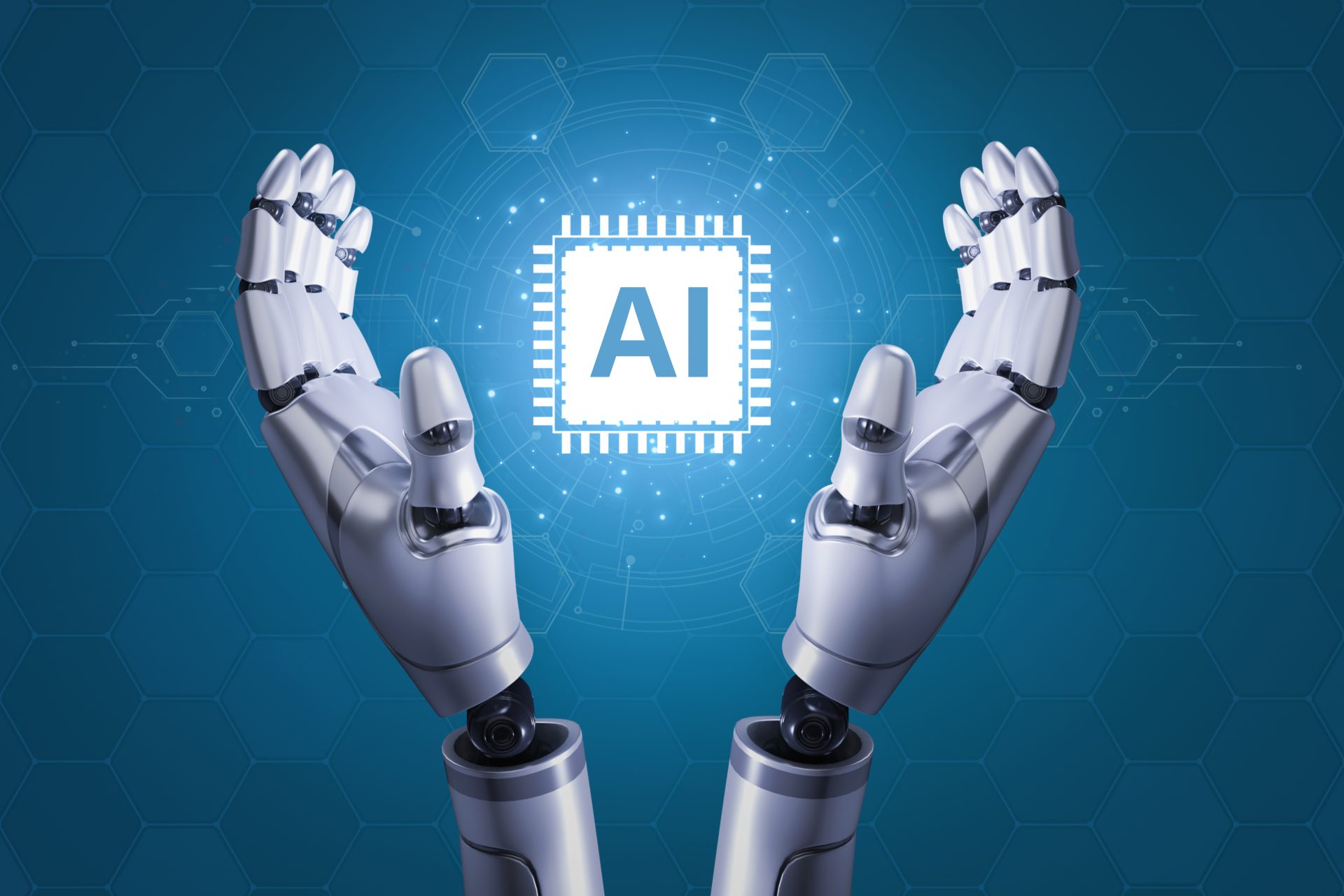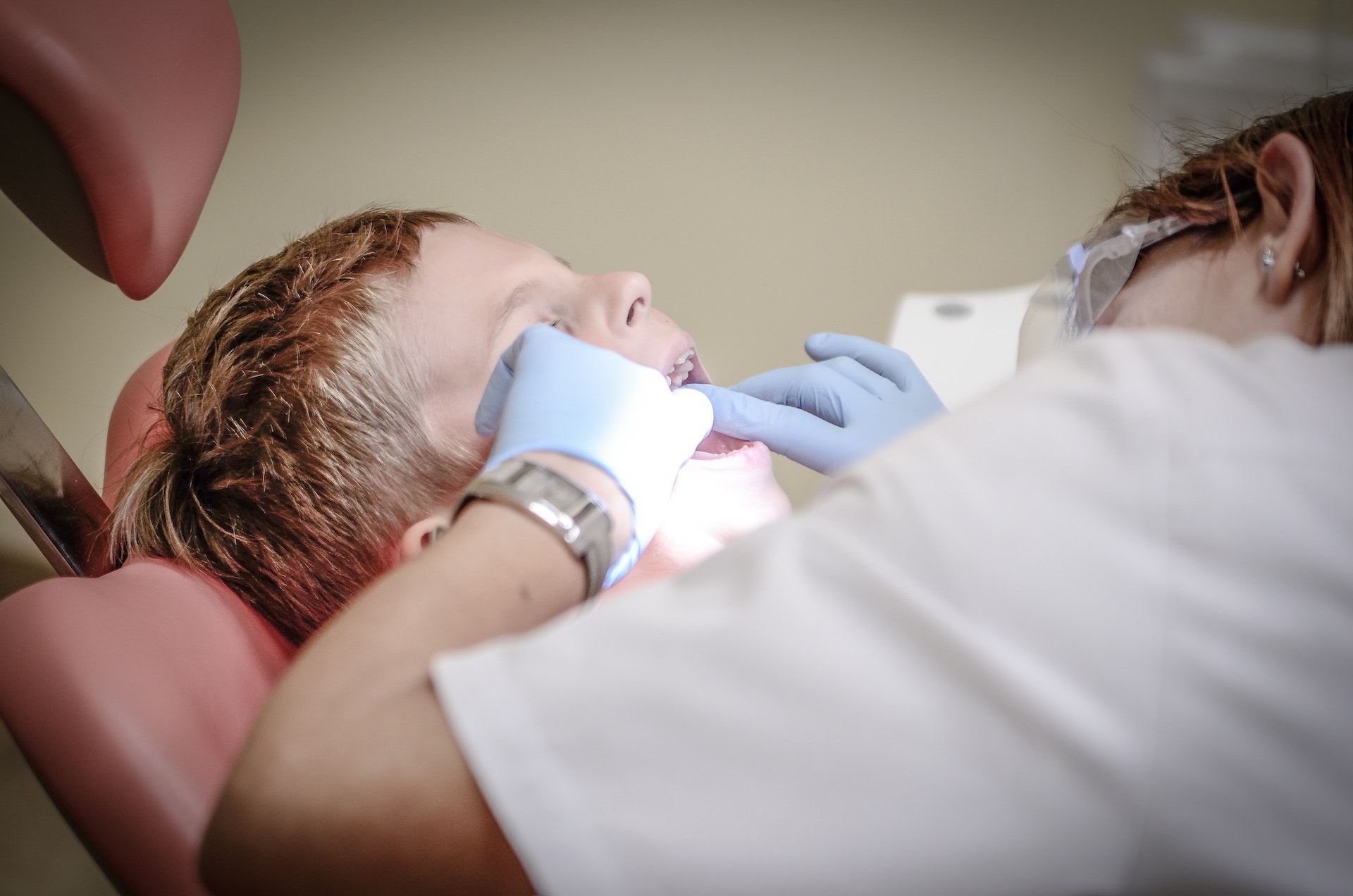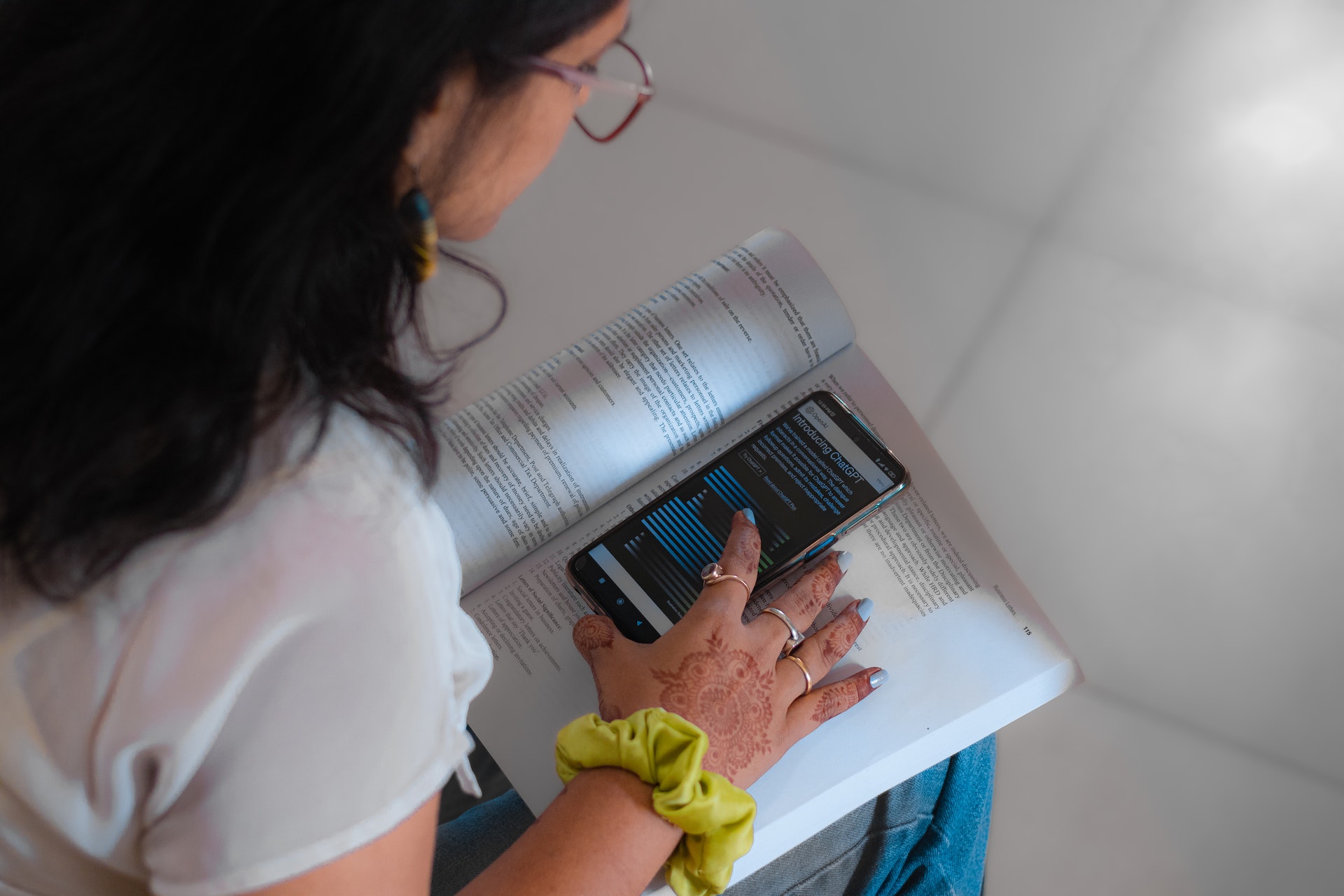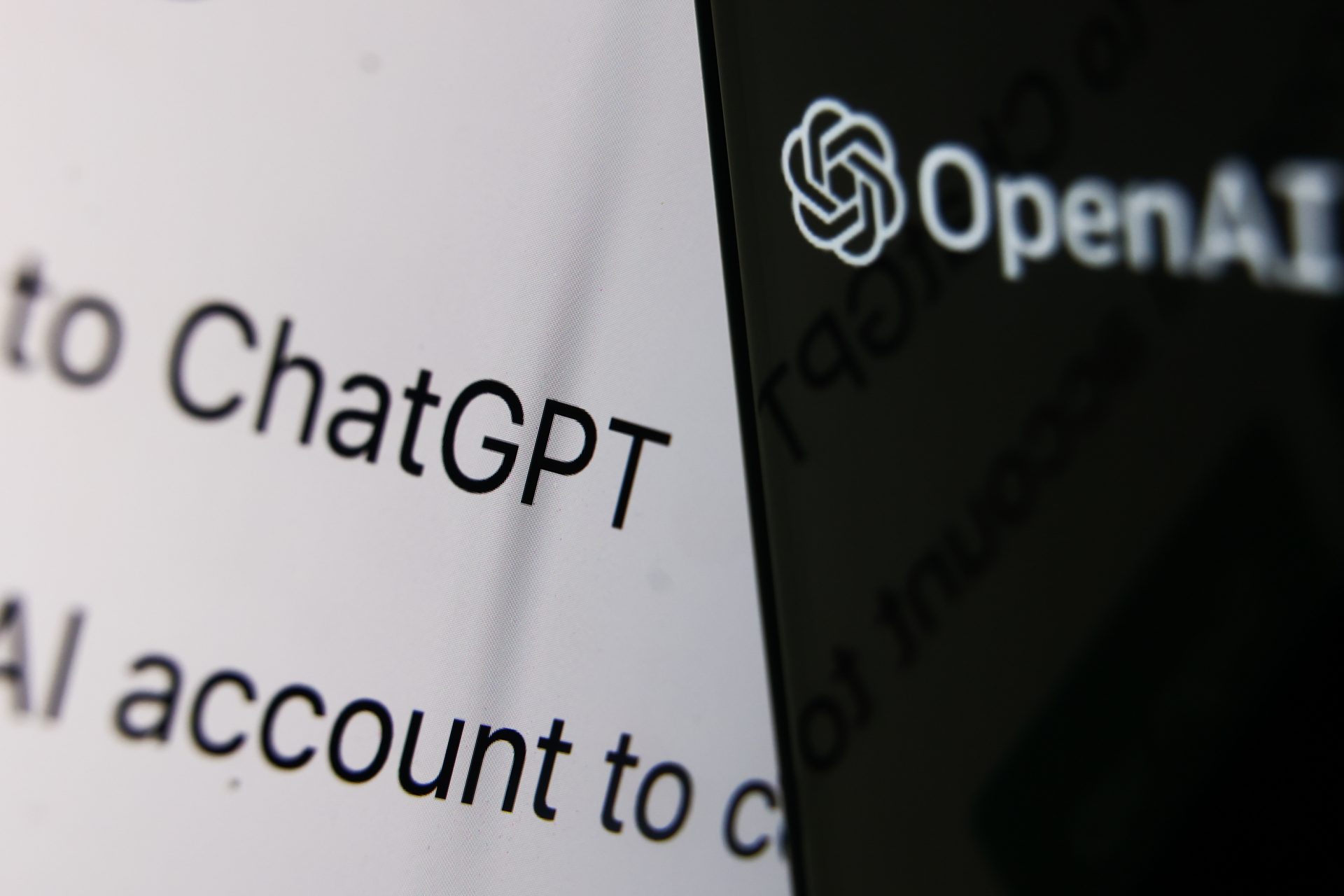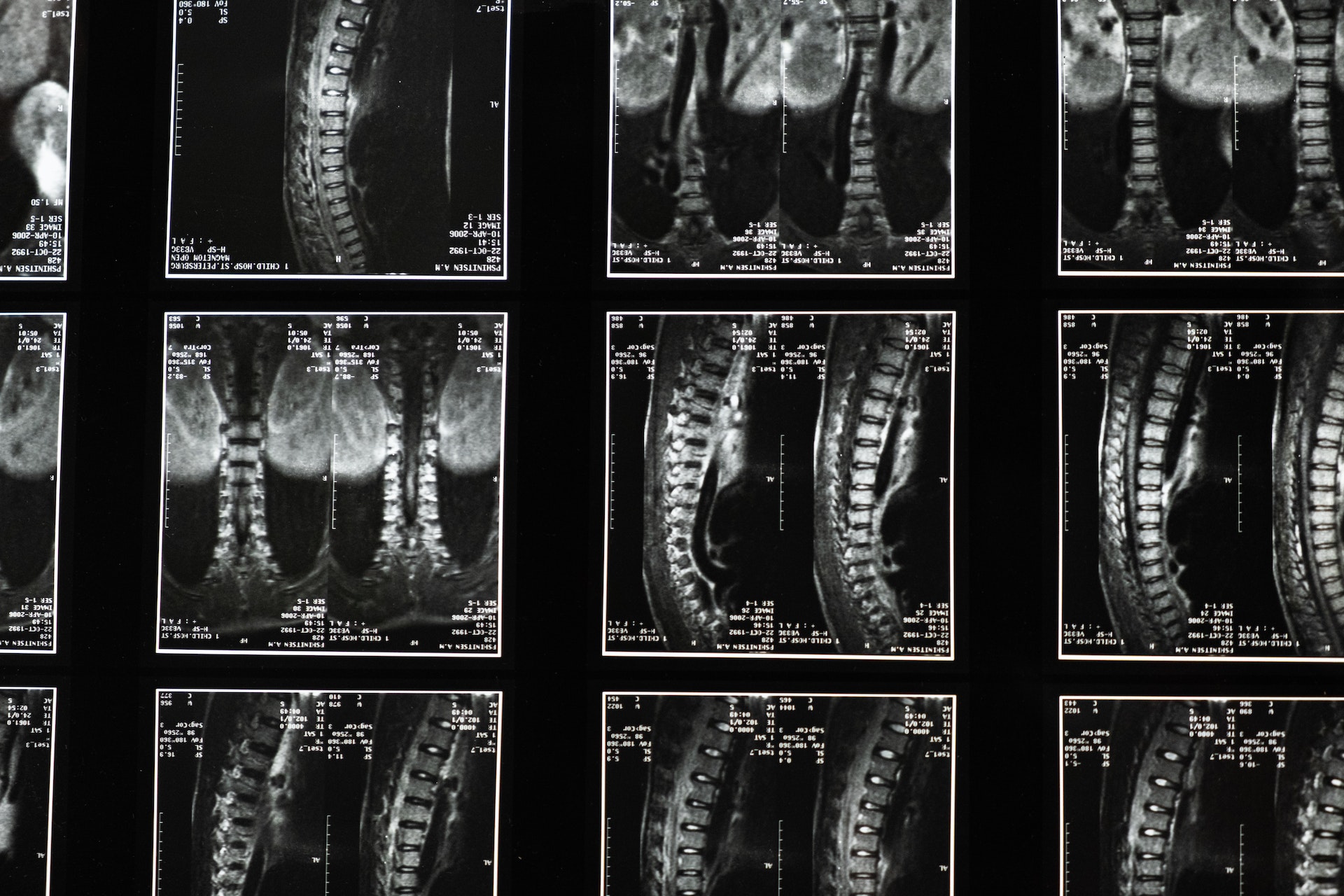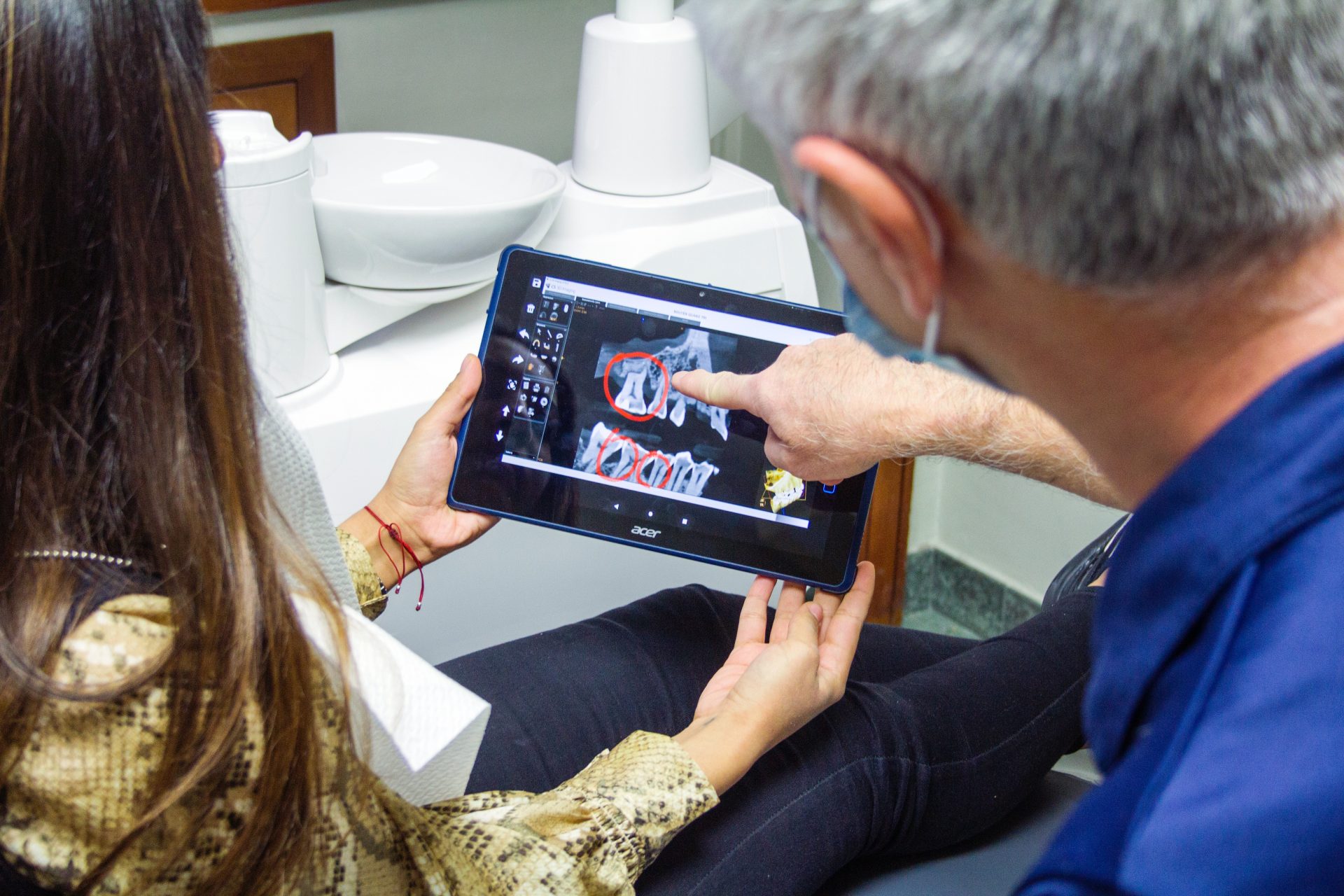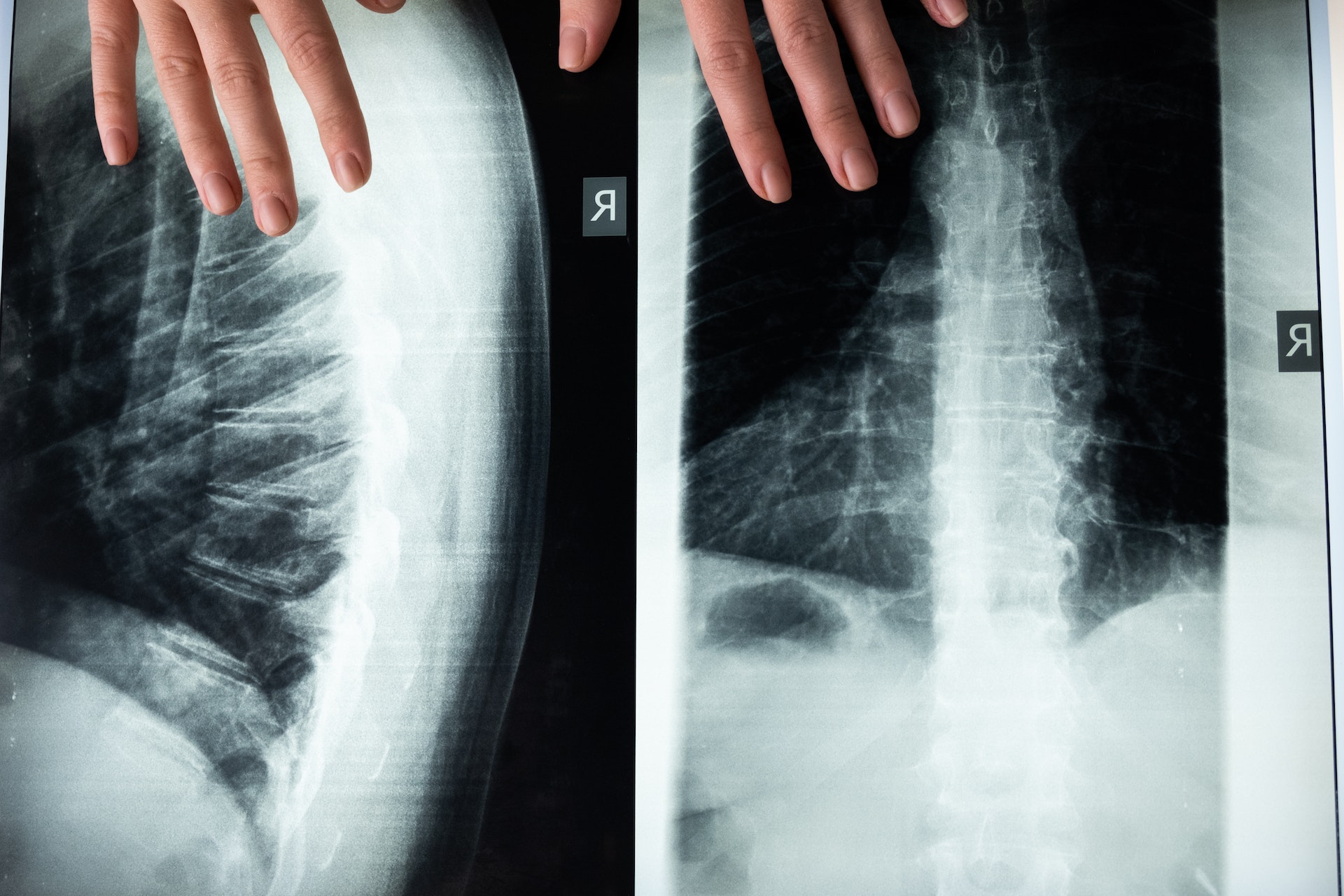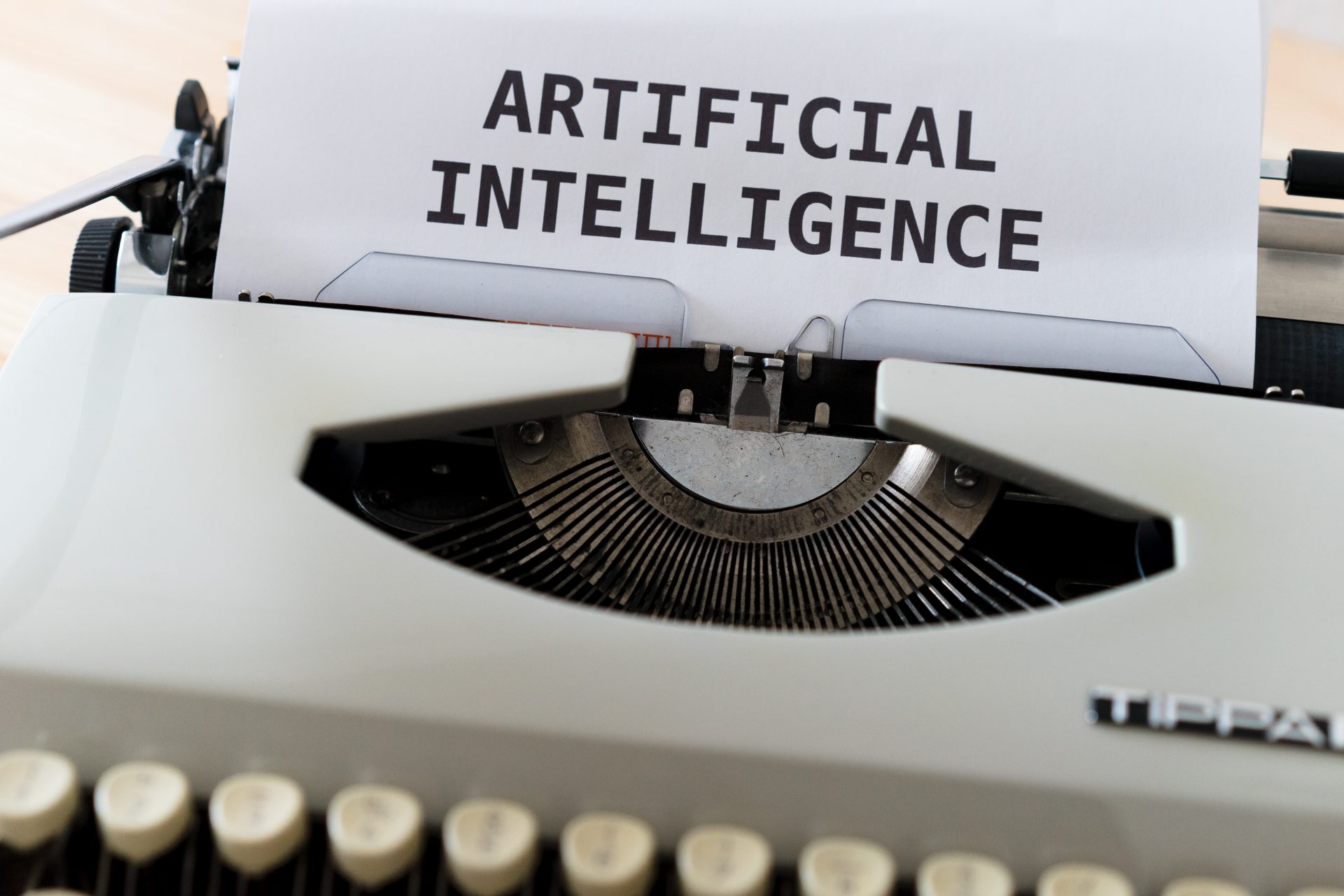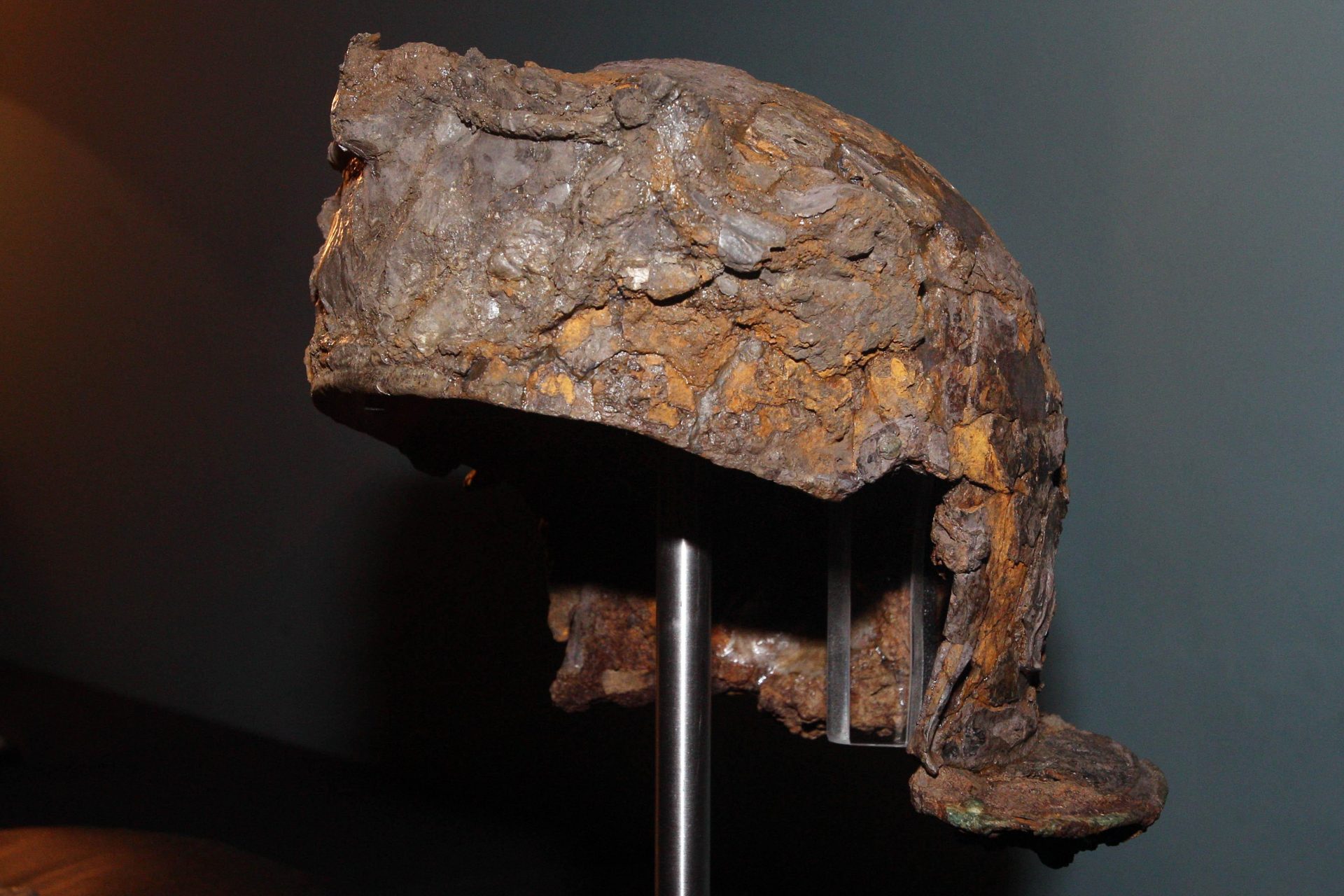How ChatGPT cured a child's mysterious illness
This is the story of how Artificial Intelligence cured Alex, an American boy who, from the ages of 4 to 7, visited a total of 17 doctors to treat widespread pain that completely disabled him.
As fate would have it, it was his mother, Courtney, who found the correct diagnosis thanks to ChatGPT.
Photo: Pexels - Hatice Baran
Courtney told her son's story to 'Today' (the NBC television talk) but chose not to give last names or show photos to protect both her own and her son's identity and not disturb the child's life.
Photo: Pexels - Muqtada Mohsen
It all began in the middle of the pandemic when, in the midst of the global confinement, Alex, at 4 years old, began to feel very strong pain that led his mother to administer Motrin (ibuprofen) daily to alleviate the pain.
Photo: Unsplash- Glen Carrie
Alex's general pain spread to his mouth, but the dentist ruled out cavities, the eruption of molars or any derived problem, although he sent him to the orthodontist, who realized that the child's palate was too small for his teeth, which caused him breathing problems at night.
Photo: Pexels - Pixabay
Meanwhile, the child's personality became affected by the constant pain and lack of rest. So a palatal expander seemed to be the solution. It didn't work. In early 2021, Courtney remembers noticing how her son was not growing anymore.
The pediatrician attributed the halt of his growth to the pandemic, but detected certain imbalances between Alex's left and right sides, so he referred him to a physical therapist. "He stepped forward with his right foot and dragged his left," his mother explained.
But before starting physical therapy, Alex began to suffer severe headaches that were getting worse. So he visited the neurologist, who pointed to migraines as a diagnosis. At the same time, fatigue was accumulating in the little one, so they went to the otorhinolaryngologist to check out the functioning of his respiratory tract.
That's when Courtney realized the problem: each doctor was looking at their area of expertise but no one was looking at Alex as a whole. The solution for her was to share all the medical conclusions on ChatGPT, after having gone through an exorbitant number of specialists.
Photo: Pexels - Shantanu Kumar
After seeing a total of 17 doctors in 3 years and Alex still had problems and no clear diagnosis, so Courtney dumped all the information she had collected about her son's conditions into ChatGPT, Microsoft's Artificial Intelligence.
Photo: Pexels - Thirdman
"I reviewed everything I had and entered it into ChatGPT. I spent the whole night entering data and searching the computer," said Alex's mother. Obviously, that sleepless night was worth it because in the morning, and after three years, she finally had a diagnosis that fit: tethered cord syndrome.
Photo: Pexels - Cottonbro Studio
After joining a Facebook group with families with children suffering from this rare disease, Courtney made an appointment with a neurosurgeon who confirmed the diagnosis.
Photo: Unsplash - Quang Tri Nguyen
Tethered cord syndrome occurs when the spinal cord tissue forms joints that limit the movement of the cord, causing it to stretch abnormally. Part of the spinal cord does not develop and the nerves are exposed.
Photo: Pexels - Cottonbro Studio
In Alex's case, as Dr. Holly Gilmer, a pediatric neurosurgeon, confirmed to the 'Today' show, that he had the added complication of hidden spina bifida. So hidden that it had taken three years to detect the anomaly.
Photo: Pexels - RDNE Stock Project
Courtney told 'Today' that Alex has now undergone surgery from which it will take him a while to recover but will allow him to lead a pain-free life.
Photo: Pexels - Manu Mangalassery
Courtney wanted to share her son's story to help families who find themselves in a similar situation. Alex's story offers a positive perspective on Artificial Intelligence, something which has caused so many fears.
Photo: Pexels - Jonas Mohamadi
More for you
Top Stories



